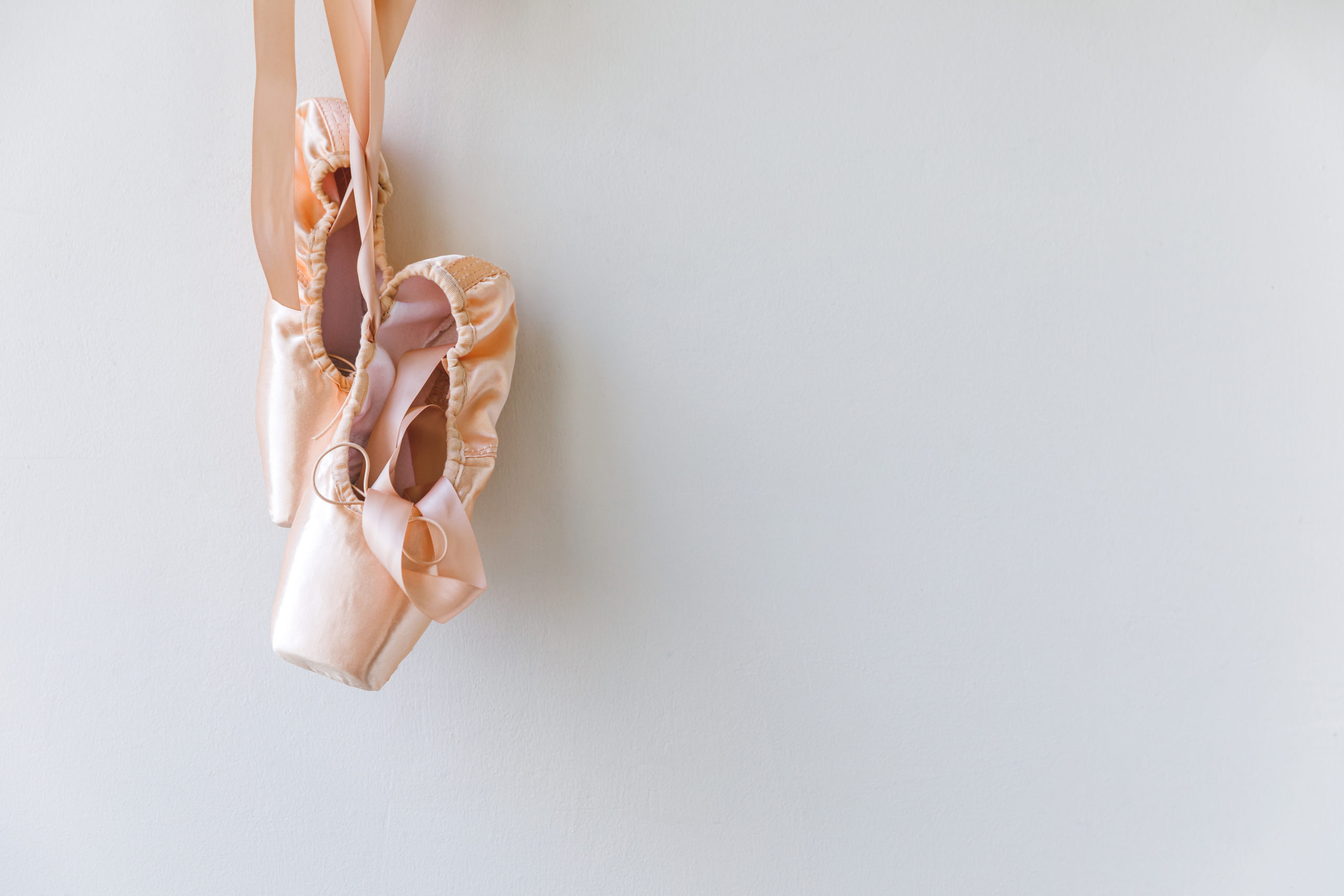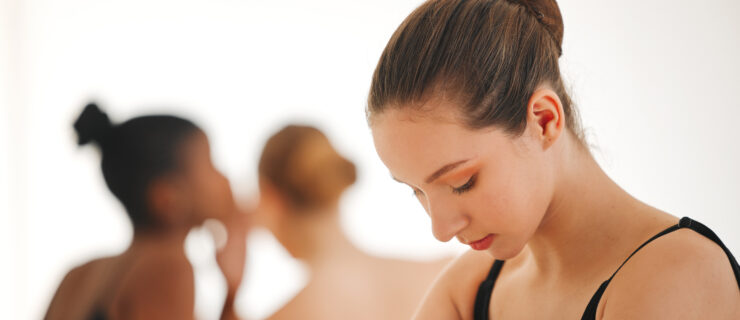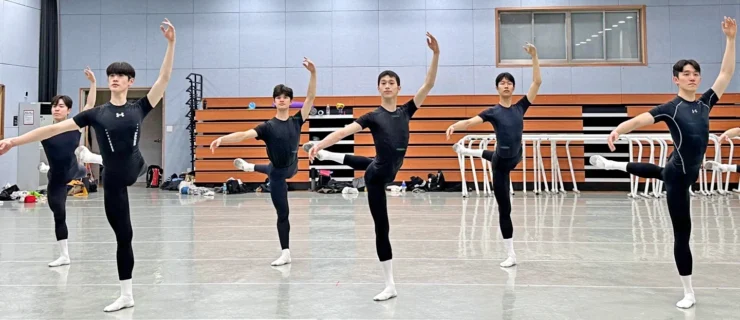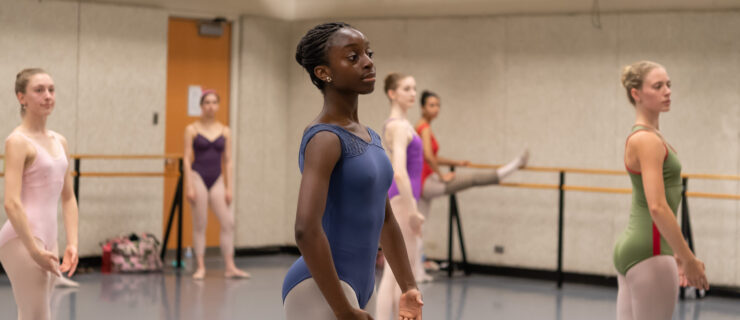The What, Why and How of Drying Your Pointe Shoes
As dancers return to long rehearsal days and performances, pointe shoe demand is on the rise. And yet, a reduction in manufacturing caused by supply-chain delays means professionals and students alike may face long wait times for back-ordered pointe shoes. That means the pairs dancers do have are now particularly precious.
Expert pointe shoe fitter Nicole Ligioso, founder of Benicia Dancewear in California, says her number-one tip for increasing shoes’ lifespan is to dry them out. Here, she shares her best practices for doing so.
What’s the Deal With Moisture?
Ligioso calls moisture “the kryptonite to the paste.” Imagine the effect of water on papier-mâché: Your feet naturally sweat, and that moisture seeps into the insides of your shoes, softening the plaster that initially makes them so stiff. While you can’t eliminate moisture entirely, it is important to minimize the amount of time the shoe remains wet and return it to dry as quickly as possible.
A note for Gaynor Minden wearers: Gaynor Mindens are made from synthetic materials that don’t break down like traditional pointe shoes, which contributes to their long shelf life. While moisture doesn’t have the same deteriorating effect on Gaynor Mindens, Ligioso still recommends drying them. “Any shoe, from ballet slippers to athletic shoes, benefits,” she says. “Bacteria thrive in moisture, so it’s healthier.”
How to Dry Your Pointe Shoes
In order to dry your shoes correctly, you’ll need an open room with dry air. Ligioso warns that this is especially crucial if you live in a humid climate. You don’t want to leave hot, sweaty shoes in a hot, humid room that’s similar to the environment they just came from. Make sure to dry your shoes in an air-conditioned room with plenty of ventilation that keeps them safe from the humidity outside.
Wherever you are, lay out your pointe shoes, remove all your padding (this needs to dry too) and any other removable pieces, such as wing inserts or liners, and let everything sit out until fully dry. If you’re on the go—moving your shoes from the studio to your home, for example—transport them in a breathable bag; mesh works really well. You can even tie them to the outside of your bag, but don’t throw them inside!
How Long to Dry For?
While some shoes dry completely overnight, Ligioso recommends leaving them out for 48 to 72 hours. If you wear one pair a day, this means that you should regularly swap two or three different pairs. Professionals may go through more than one pair in a single day. If you need to dry your shoes at work, do so outside of the studio, where the air can get quite stagnant and humid. A dressing room or hallway with more circulation will work better.
This technique also applies to pointe shoe pads, meaning you will need multiple pairs. While this may seem like overkill, Ligioso emphasizes that being proactive pays off in the end. By sufficiently drying your pointe shoes and padding, she says, your shoes can last two to three weeks longer.
Nicole Ligioso’s Parting Wisdom for Dry Shoes
- Use a foot powder specifically made for athletes, like Goldbond Foot Powder, to help keep moisture at bay while you’re dancing. “It makes a world of difference,” says Ligioso. Use your hands to powder up your feet before putting on your shoes, being sure to focus on the toes. Feel free to sprinkle some inside your toe pads, as well.
- Experiment to see if you prefer using dry heat over room-temperature air. In decades past, dancers would even put their shoes on top of the stove or in the oven for the residual heat. Today, avoid the fire hazard by simply placing your shoes next to a heater instead.






